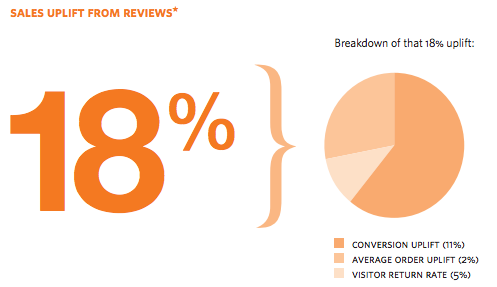 Customer experience is now the real differentiator. Once a visitor arrives at your site, it's vital to make the most of every moment by delivering a compelling and personalised experience.
Customer experience is now the real differentiator. Once a visitor arrives at your site, it's vital to make the most of every moment by delivering a compelling and personalised experience.
Customers are more demanding than ever, so it's essential to be switched-on to what will tip them from being a browser to a buyer, and how to increase basket value. However, this can seem increasingly daunting.
In a world with multiple channels, devices, customer segments, influencers, languages, and currencies, it seems there is no end of variables confronting every modern e-commerce professional.
Successful e-commerce sites are already rising to the challenge, using smart behavioural merchandising techniques as their virtual sales reps. Here are a few of our top tips to help increase customer satisfaction, conversion rates and order values:
Show customers that you know them
Just as some shoppers know exactly what they want, others are browsing for inspiration, and this is exactly when you can help your customers out.
Observe their behaviour during the current session and try to understand what each user is looking for, based on recent actions and what other users did in the same context.
You can build up knowledge over time about previous user behaviour then use this to determine what they are most likely to buy, displaying the best possible merchandise recommendations to ensure they don't leave empty-handed.
Personalised recommendations like this can increase conversions by as much as 20% and improve overall sales by 6%.
Make it easy to find
Finding the right product through simple navigation is still a key issue for online shoppers; our own recent research, the UK Ecommerce Performance Index 2012 showed that online shoppers place the greatest importance on easy navigation (92%) and effective product search (89%).
However, it surprises me how many e-commerce sites are getting this wrong.
It's important to make sure your website gives customers control over their search experience. Provide visitors with clearly displayed product categories and advanced search functionality so they can find what they're looking for quickly and easily in multiple ways.

If your navigation is statically connected to the product data and category tree, then you are probably missing out on sales.
Keep them engaged 
Competition is fierce. Make it easy for visitors to engage with your products and content and provide as much information as they might need.
There are other ways you can add value too. For example, ratings and reviews are appreciated by the majority (54%) of consumers, according to our research, and offering free shipping can also remove one of the biggest barriers to buying.
Content should be easy to share, and consider wish list functionality too.
Taking this one step further, why not take inspiration from gamification practices and perhaps even try out augmented reality techniques that allow the customer to experience products in a virtual world. There is no stopping what can be done, but research still shows that the basics must be there first.
Share offers
Don't be afraid to shout about your latest offers, but remember that one size fits all is no longer good enough. Be smart and personalise the website experience so that the offers are targeted to different visitors, on different devices, to suit their needs.
Tell them why these products will benefit them and make it easy for them to click through and buy; they'll appreciate you giving them a money saving deal on something they really need.
Base merchandise decisions on intelligence
There is an ever-increasing variety of devices, operating systems and screen sizes on the market.
Supporting all of them and deciding what merchandise should be displayed on which device can be a daunting prospect, especially when each merchandise zone needs to be manually configured with static content.
That's why testing merchandising zones is something that every online retailer should be doing, and then using this intelligence to decide what should be displayed to each visitor.
Maria Wasing is VP of Marketing Europe at EPiServer and a guest blogger on Econsultancy.
No hay comentarios:
Publicar un comentario